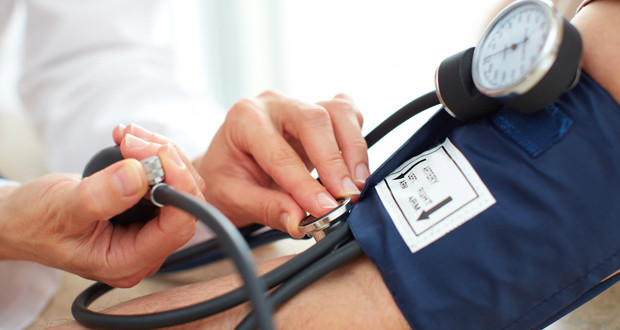Washington: According to the new blood pressure guidelines announced on 13 November at the American Heart Association, the first major update since 2003, hypertension should now be treated when it reaches 130/80 mm Hg rather than the previous 140/90 reading.
Speaking at the news conference, lead author Paul Whelton of Tulane University School of Public Health and Tropical Medicine in New Orleans said “It’s very clear that lower is better” and these updated recommendations “will improve the cardiovascular health of our adult community in the United States.”
He said, “We want to be straight with people – if you already have a doubling of risk, you need to know about it. It does not mean you need medication, but it is a yellow light that you need to be lowering your blood pressure, mainly with non-drug approaches.”
The new guidelines are published by the American Heart Association (AHA) and the American College of Cardiology (ACC) for detection, prevention, management and treatment of high blood pressure in the Hypertension and the Journal of the American College of Cardiology.
According to the new guidelines half of the US now suffers from Hypertension and is at a greater risk of developing cardiovascular diseases and in some cases should also start taking medication to lower their risk of Heart strokes.
Nearly 103 million people in the US should now make dietary changes and include exercises in their daily life’s to avoid cardiovascular diseases.
Rather than the previous definition of Hypertension -140/90, High Blood pressure is now defined as readings of 130 mm of mercury (mm Hg) and higher for the systolic BP measurement, while readings of 80 and higher for the diastolic measurement.
A blood pressure reading measures the systolic pressure, or how much force the blood places on the walls of the arteries when the heart beats, and the diastolic pressure, the same force but when the heart rests between beats.
Md David Goff of National Heart, Lung and Blood Institute in Bethesda, said, “People with blood pressure levels between 130 and 140 are at about twice the risk of heart attack and stroke as people with normal levels.”
High blood pressure is known as the “silent killer” and accounts for the second largest number of preventable heart disease and stroke deaths. It is a silent killer since there are no symptoms, despite its role in significantly increasing the risk of heart disease and stroke.
New High blood pressure guidelines defines 130/80 unhealthy

